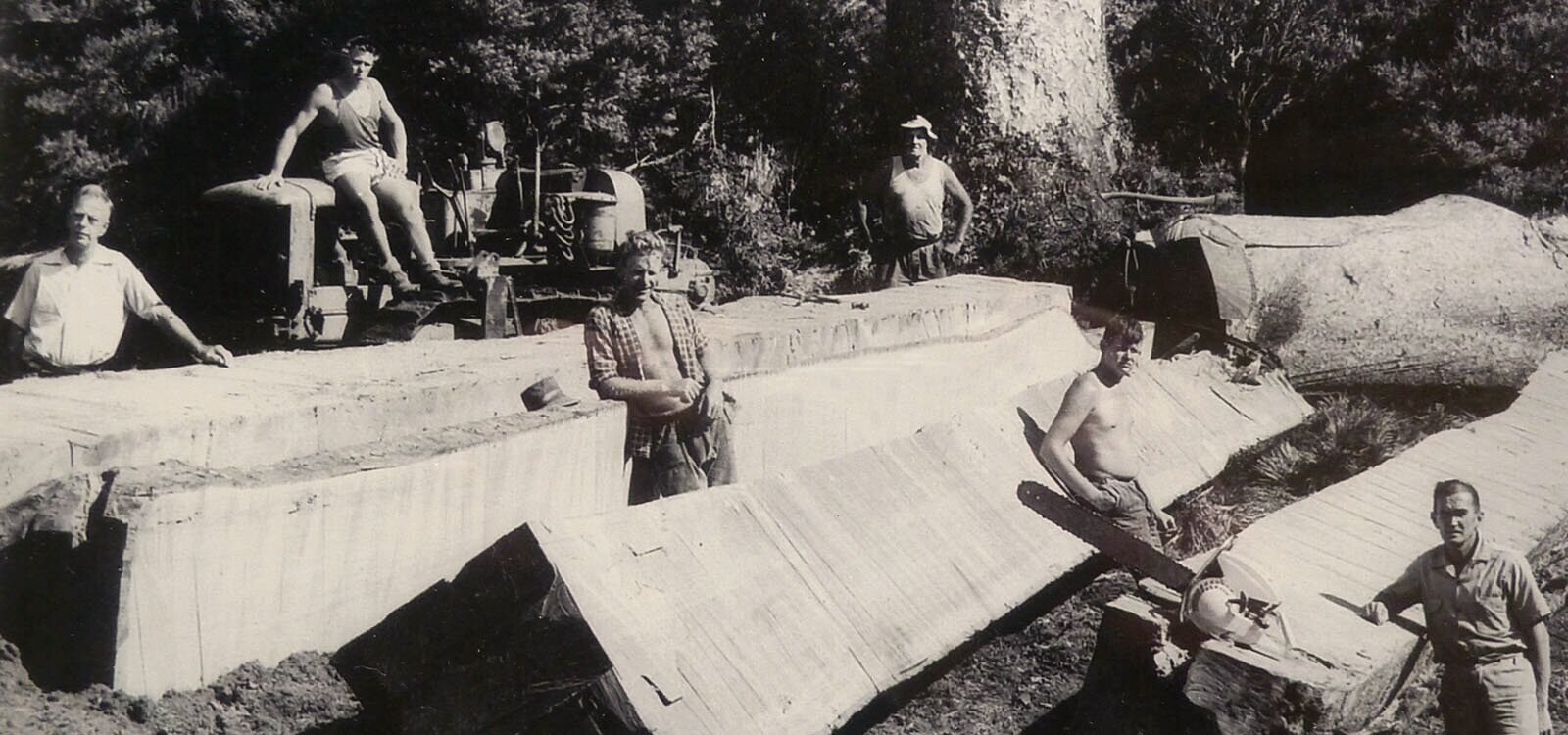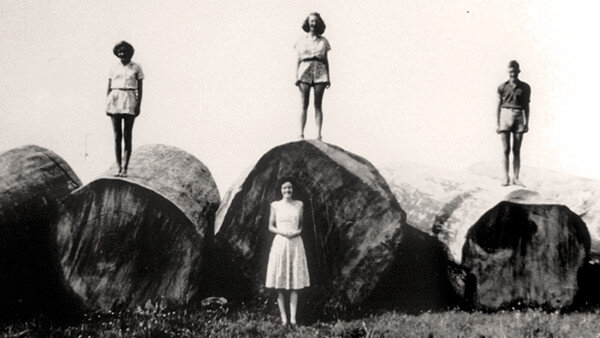THE RECYCLING OF AN INDUSTRIAL ICON
Throughout the latter half of the 19th century, Leigh and its neighbouring
towns were actively logged for native timber.
These early settlers, drawn to the area by its great natural beauty and range of natural resources set about establishing the community we see today.
Among the early wave of immigrants was the Wyatt family who moved to the area from England in 1863. They were quick to set up a pit-sawing operation at the head of Leigh Harbour, where they could be readily serviced by the coastal craft utilising the deep-water anchorage at Leigh.
As their workload increased, a steam-driven saw and an associated building were constructed. As land transport and roading began to improve, the Wyatts relocated their operation in the 1930s to where it lies today.
As technology advanced, electricity slowly replaced steam and the mill was gradually modernised to process the bulk volume of pine plantations that replaced the dwindling stocks of local, native timbers.
Two of the last great Kauri to be felled for timber were on Wyatt land and were milled here (see detailed history below). Soon however, competition from huge automated timber mills and the lack of native timber to process (requiring old-style saws and a trained eye), resulted in a steady decline in the profitability of these local, hands-on operations.
The old part of the mill was finally decommissioned in 1981 and the electric motors were removed to drive the new saws in the shed — the site of the very accommodation you will be staying at today.




